Signs of the Times • 3 November 2016 • No. 95
¶ Processional. Someday there will be a peace dance as vigorous, as compelling, and as ecstatic as this: Comanche war dance (1:00 video).
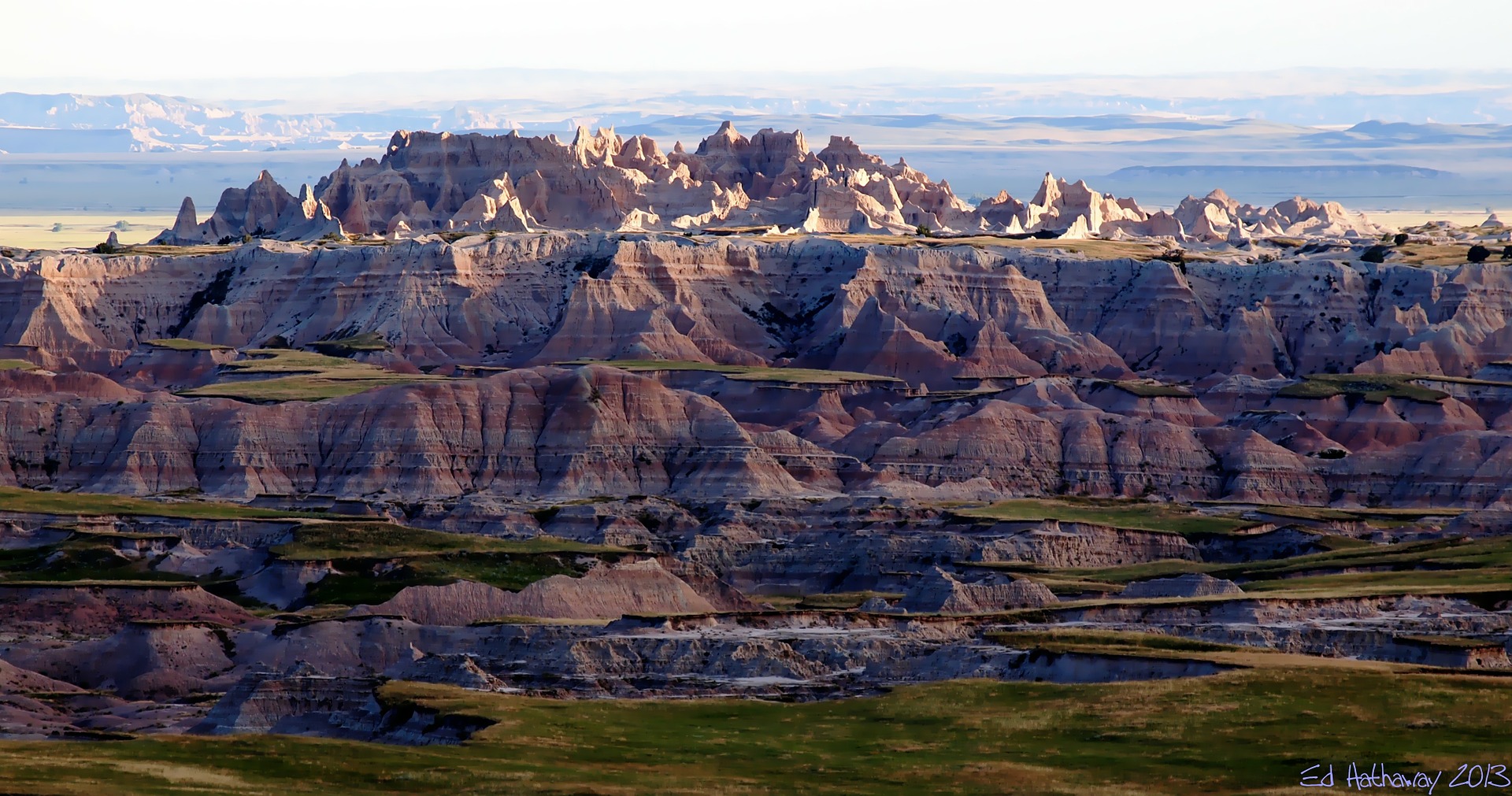
Above: Badlands National Park, South Dakota
Introduction
By now, DAPL (Dakota Access Pipeline) has become a familiar acronym to many in the US. The confrontation near Cannon Ball, North Dakota, where the Cannonball River joins the Missouri River, is cleft by a thin barricade.
On one side is law enforcement: Morton County sheriffs, augmented with state police, National Guard troops, sheriffs from other states and oil company private security personnel, all heavily armed and supported  by surveillance airplanes and helicopters, armored vehicles, even “sound cannons” (“Long Range Acoustical Devices” emitting ear-splitting noise).
by surveillance airplanes and helicopters, armored vehicles, even “sound cannons” (“Long Range Acoustical Devices” emitting ear-splitting noise).
Right: An 86-year old Sioux elder arriving at the Sacred Stone Camp near Cannonball, North Dakota. (Photo: Birk Albert/Facebook)
On the other, unarmed members of the Standing Rock Sioux Nation (who name themselves “Water Protectors”) and their supporters, which now number in the thousands. —continue reading Ken Sehested’s “Confrontation on the Cannon Ball: The Dakota Access Pipeline”
¶ Invocation. “Now I Walk in Beauty,” adapted from a Navajo prayer, performed by Libana.
¶ “When the white man came we had the land and they had the Bibles; now they have the land and we have the Bibles." —Chief Dan George
¶ “Standing Rock,” Trevor Hall. This music video + text (4:13) effectively summarizes the situation at the 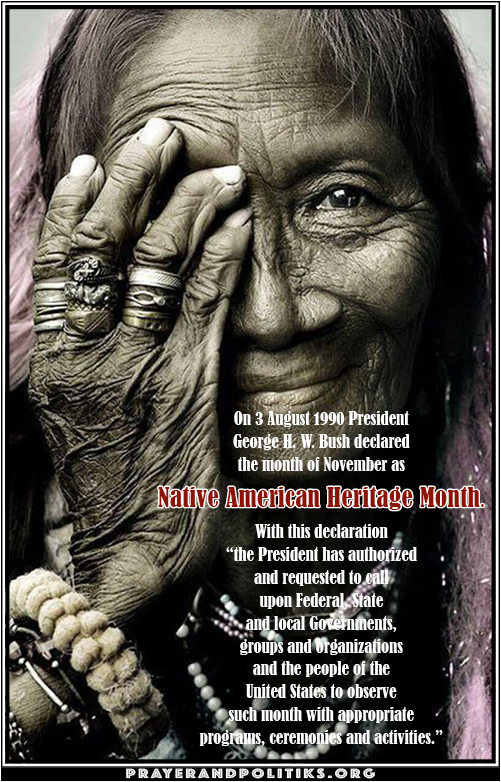 Standing Rock Sioux peoples resistance to the Dakota Access Pipeline.
Standing Rock Sioux peoples resistance to the Dakota Access Pipeline.
¶ More than 900 law enforcement officials from 17 counties, 12 cities, North Dakota National Guard, and six other states are currently using public funds to protect Energy Transfer Partner’s private project, known as DAPL.” —C.S. Hagen, “Standing Rock Chief Condemns Crackdown,” and Dan Zukowski, “Governor Uses Emergency Order to Bring Out-of-State Police to Dakota Access Pipeline Protest,” EcoWatch
¶ The legal protocol used by the North Dakota Governor Jack Dalrymple to justify bringing law enforcement personnel from outside the county to Standing Rock is a little-known provision called the Emergency Management Assistance Compact which is intended for state agencies to share resources during natural disasters. In this case, protecting a private business is considered a natural disaster. —Steve Horn, “The Natural Disaster Assistance Law Is Why Other States Are Policing Dakota Access Pipeline Protests,” Huffington Post
¶ Energy Transfer Partners, which is building the $3.8 billion pipeline, said Tuesday that the protesters were trespassing and that “lawless behavior will not be tolerated”—oblivious to the fact that the Fort Laramie Treaty gave exclusive ownership rights to the Lakota Sioux. (More on that below.)
¶ Call to worship. “Worthy, worthy the One who conceived the earth and gave birth to bears and basil and beatitudes alike. We extol you, Heaven’s Delight and Earth’s Repose! Oh, children of Christ’s embrace, even when trembling abounds, say aloud: God is worth the trouble!” —continue reading Ken Sehested’s “Heaven’s delight and earth’s repose,” a litany for worship inspired by Psalm 145
"To understand the Dakota Access Pipeline protests, you need to understand tribal sovereignty: Policy has to be paired with indigenous people’s experiences." —Victoria M. Massie, Vox
¶ Hymn of praise. Hopi spirit chant.
¶ Commerce trumps all. “We just want to maintain safety as we go through this and that means everyone involved. . . . We don’t want anybody hurt or run over down there. We just want to make sure commerce can continue as it should.” —Morton County (North Dakota) Sheriff Kyle Kirchmeier, quoted in Lee Strubinger, South Dakota Public Radio
¶ “Only when the last tree has died and the last river been poisoned and the last fish been caught will we realize we cannot eat money.” —Cree proverb
¶ Confession. “We have seen that the white man does not take his religion any more seriously than his  laws, that he keeps both of them just behind him, like Helpers, to use when they might do him good. … These are not our ways. We kept the laws we made and lived by our religion. We have never understood the white man, who fools no one but himself.” —Chief Plenty-Coups, Crow nation
laws, that he keeps both of them just behind him, like Helpers, to use when they might do him good. … These are not our ways. We kept the laws we made and lived by our religion. We have never understood the white man, who fools no one but himself.” —Chief Plenty-Coups, Crow nation
¶ For the Lakota, the Dakota Access Pipeline is associated with the “black snake” (see right) of an ancient Lakota prophecy that predicted one day a black snake would crawl out of the ground, bringing great destruction to the People of the Plains.
¶ Hymn of lamentation. “Sitting Bull Memorial Song,” Lakota Thunder.
¶ “The reservation, of course, is where the Native Americans were told to live when the vast lands they ranged were taken by others. The Great Sioux Reservation, formed in the eighteen-sixties, shrunk again and again. In the nineteen-fifties and early sixties, the Army Corps of Engineers—the same Army Corps now approving the pipeline—built five large dams along the Missouri, forcing Indian villages to relocate. More than two hundred thousand acres disappeared beneath the water. —Bill McKibben, “A Pipeline Fight and America’s Dark Past,” The New Yorker
¶ Words of assurance. “Spirit Healing Song – Lakota.”
¶ “Since 2010, over 3,300 incidents of crude oil and liquefied natural gas leaks or ruptures have occurred on U.S. pipelines. These incidents have killed 80 people, injured 389 more, and cost $2.8 billion in damages. They also released toxic, polluting chemicals in local soil, waterways, and air.” —Amanda Starbuck, Center for Effective Government (Thanks Brent.)
¶ “A North Dakota oil well owned by Oasis Petroleum Inc. blew out over the weekend [15-16 October 2016] 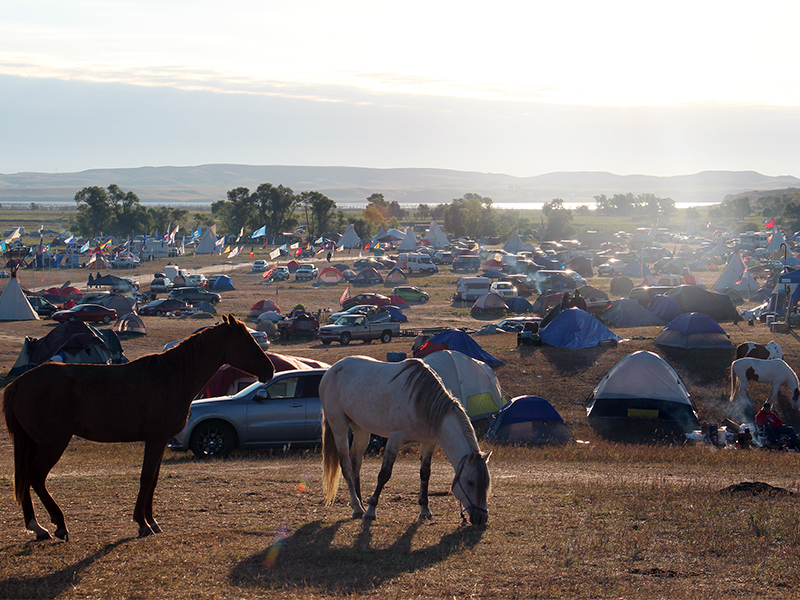 and has yet to be capped, leaking more than 67,000 gallons of crude so far and endangering a tributary of the Missouri River, state officials said.” —Ernest Scheyder, Reuters
and has yet to be capped, leaking more than 67,000 gallons of crude so far and endangering a tributary of the Missouri River, state officials said.” —Ernest Scheyder, Reuters
Left: One of three camp sites of the Standing Rock Sioux “Water Protectors” and their allies opposing the Dakota Access Pipeline. RNS photo by Emily McFarlan Miller.
¶ “Sunoco Logistics, the future operator of the [Dakota Access Pipeline] delayed this month after Native American protests in North Dakota, spills crude more often than any of its competitors with more than 200 leaks since 2010, according to a Reuters analysis of government data.” —Liz Hampton, Reuters
¶ “How to Contact the 17 Banks Funding the Dakota Access Pipeline. Here are CEO names, emails, and phone numbers—because banks have choices when it comes to what projects they give loans to.” —Emily Fuller, YES! magazine
¶ Hymn of intercession. “Lakota National Anthem,” Porcupine Singers of Pine Ridge Indian Reservation.
¶ In 1987, the United States Senate acknowledged that the Great Law of Peace of the Iroquois Nations served as a model for the Constitution of the United States. —U.S. S. Con. Res. 76, 2 Dec. 1987
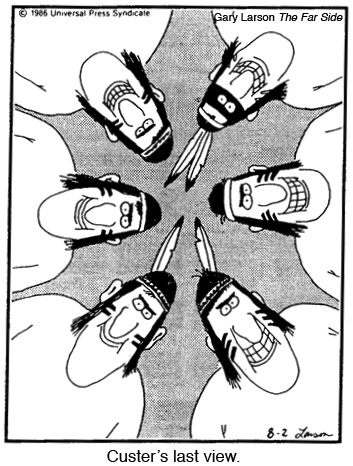 ¶ Illustrated map of Native American Nations, with animated progress of lands taken from pre-European times to the present.
¶ Illustrated map of Native American Nations, with animated progress of lands taken from pre-European times to the present.
¶ “Some day the earth will weep, she will beg for her life, she will cry with tears of blood. You will make a choice, if you will help her or let her die, and when she dies, you will die.” —John Hollow Horn, Oglala Lakota
¶ The “Black Hills Gold Rush” of the 1870s, illegally opening Lakota Sioux land to miners and settlers, is what led to US General George Armstrong Custer’s defeat in the Battle of the Little Bighorn of 1876. The 1828 "Dahlonega Gold Rush" in the north Georgia mountains precipitated the forced removal of the Cherokee nation.
Reaching further back
in history
Important background to current affairs
¶ Theological rationale for conquest. The following excerpt is from "El Parecer de Yucay," a 1571 theological document commissioned to justify Spain’s colonization in the Americas.
Its author asked, “What could it mean that God put these miserable Indians, so inept and beastly, in kingdoms so big . . . and lands so wonderful and so full of riches?” The answer is the form of a parable:
“God acted . . . as a father who has two daughters: one very white, full of grace and gentility; the other very ugly, bleary-eyed, stupid and bestial. If the first is to be married, she doesn't need a dowry, but only to be put in the palace and those who want to marry her would compete for her. For the ugly, stupid, foolish wretch, it isn't enough to give her a large dowry, many jewels, lovely magnificent, and expensive clothes. . . .
“This is what I say about these Indians, that one of the means of their predestination and salvation were the mines, treasures and riches. . . .” —for more, see Toasts with the Inca: Andean Abstraction and Colonial Images on Quero Vessels by Thomas B. F. Cummins
¶ “In his farewell address to Congress in 1796, our first U.S. president, George Washington predicted that the 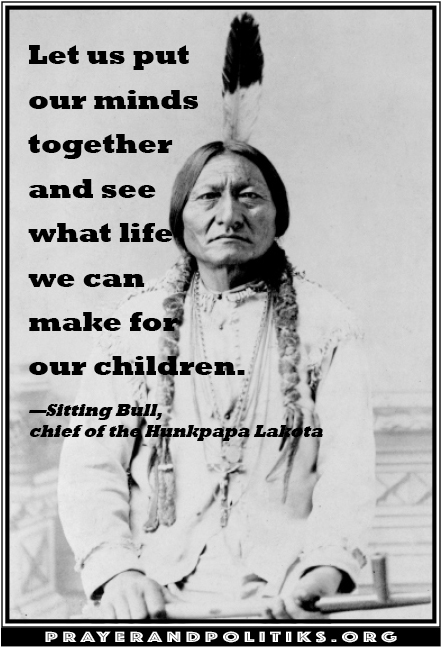 flaws embedded in federalism, as it was set up in the Constitution, would eventually translate into incomprehensible misery for the American Indian. His biographer, Joseph Ellis, tells us that Washington, more than any other of our Founders, foresaw that “what was politically essential for a viable American nation was ideologically at odds with what it claimed to stand for.” —Paul VanDevelder, “Reckoning at Standing Rock: What to understand the pipeline protests? Start with the Founding Fathers," High Country News
flaws embedded in federalism, as it was set up in the Constitution, would eventually translate into incomprehensible misery for the American Indian. His biographer, Joseph Ellis, tells us that Washington, more than any other of our Founders, foresaw that “what was politically essential for a viable American nation was ideologically at odds with what it claimed to stand for.” —Paul VanDevelder, “Reckoning at Standing Rock: What to understand the pipeline protests? Start with the Founding Fathers," High Country News
¶ There’s this. "He [the King of Great Britain] has excited domestic insurrections amongst us, and has endeavored to bring on the inhabitants of our frontiers, the merciless Indian savages, whose known rule of warfare, is an undistinguished destruction of all ages, sexes and conditions. —from the US Declaration of Independence
¶ Then, there’s this. “It was a fearful sight to see them thus frying in the fire and the streams of blood quenching the same, and horrible was the stink and scent thereof; but the victory seemed a sweet sacrifice, and [we] gave the praise thereof to God.” —William Bradford, governor of the early Plymouth Colony, writing in 1637 of his Pilgrim community’s annihilation of a Pequot Indian village along the Mystic River
¶ “Under the Fort Laramie Treaty of 1868, the United States pledged that the Great Sioux Reservation, including the Black Hills, would be "set apart for the absolute and undisturbed use and occupation" of the Sioux Nation, and that no treaty for the cession of any part of the reservation would be valid as against the Sioux unless executed and signed by at least three-fourths of the adult male Sioux population.” A subsequent “agreement” provided subsistence rations for the starving Sioux, but signed only by 10% of its population, effectively abrogated the Fort Laramie Treaty. —US Supreme Court, US v. Sioux Nation, 1980
¶ “. . . a more ripe and rank case of dishonorable dealings will never, in all probability, be found in our history.” —1974 US Court of Claims, quoted US Supreme Court, US v. Sioux Nation (1980), referencing the Fort Laramie Treaty
¶ Consumerism as the new imperial strategy. In 1803 US President Thomas Jefferson wrote a confidential letter to Congress recognizing “The Indian tribes residing within the limits of the U.S. have for a considerable time been growing more & more uneasy at the constant diminution of the territory they occupy.” He  recommended two measures. The first was to encourage Native Americans to take up agriculture.
recommended two measures. The first was to encourage Native Americans to take up agriculture.
“Secondly to multiply trading houses among them & place within their reach those things which will contribute more to their domestic comfort, then the profession of extensive, but uncultivated wilds, experience & reflection will develop to them the wisdom of exchanging what they can spare & we want, for what we can spare and they want.” —"A Long History of Treaties,” nebraskastudies.org
¶ “When asked by an anthropologist what the Indians called America before the white man came, an Indian said simply, “Ours.” —Vine Deloria, Jr., author of Custer Died for Your Sins
¶ In an 1892 letter to the Seneca spiritual leader Handsome Lake, President Thomas Jefferson wrote: “In all your enterprises for the good of your people, you may count with confidence on the aid and protection of the United States. You are our brethren of the same land; we wish your prosperity as brethren should do.” —Wikipedia
¶ Preach it. A Cherokee elder sitting with his grandchildren told them, “In every life there is a terrible fight—a fight between two wolves. One is evil: he is fear, anger, envy, greed, arrogance, self-pity, resentment, and deceit. The other is good: joy, serenity, humility, confidence, generosity, truth, gentleness, and compassion.” A child asked, “Grandfather, which wolf will win?” The elder looked him in the eye. “The one you feed.”
¶ “Trail of Tears” is generally used when speaking of the Cherokee removal—a death march, if you will, in which one of every four died en route—from 1836-1839, in accordance to Congress’ “Indian Relocation Act” of 1830. Sometimes, though, the phrase is used in relation to all Native Americans relocated from their land in the Southeast— including Muscogee, Seminole, Chickasaw, and Choctaw—to what is now Oklahoma.
¶ Prior to their removal, the Cherokees took their case to the US Supreme Court—and won. President Andrew 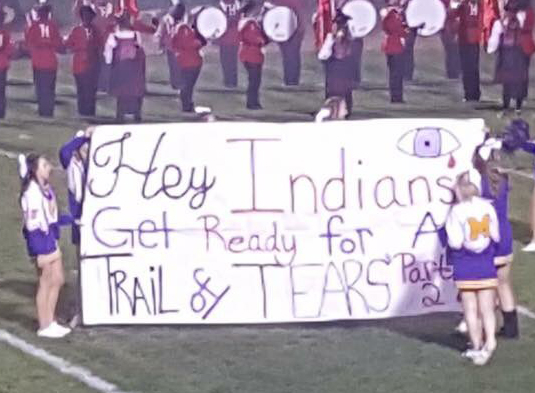 Jackson, who had pushed Congress to pass the 1930 Indian Removal Act, refused to enforce the decision. —"Trail of Tears," history.com
Jackson, who had pushed Congress to pass the 1930 Indian Removal Act, refused to enforce the decision. —"Trail of Tears," history.com
¶ Can’t makes this sh*t up. “Tonight’s Ohio high school football game between the Greenfield-McClain Tigers and Hillsboro Indians featured this embarrassing banner (at left) presented by the Greenfield-McClain cheerleaders, promising a ‘Trail of Tears Part 2 for Hillsboro.” —Deadspin
¶ Call to the table. “Lakota Dream Song,” The Lonely Bear Cub.
¶ The state of our disunion. “Between 1778, when the Delawares ceded their land, and 1871, when the Nez Perce signed with the government, Congress ratified 371 treaties [all of which were broken or amended in deceptive ways]. Indians then owned about 140 million acres. . . . Today, Indians control 56 million acres— barely 2% of the US.” —Timothy Egan, “The Nation: Mending a Trail of Broken Treaties," New York Times
¶ Altar call. “In the end, says the Western writer William Kittredge, reconciliation will be America’s only way out of that legacy of dishonor, the only sensible path to a future worth living—our Last Chance Saloon.” —Paul VanDevelder, “Reckoning at Standing Rock: What to understand the pipeline protests? Start with the Founding Fathers,” 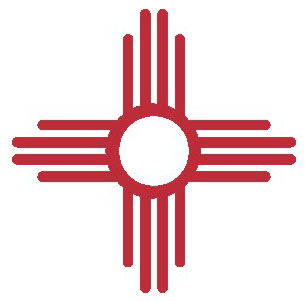 High Country News
High Country News
¶ The sun symbol (right) was important to many Native American nations. The Great American Plains tribes performed a Sun Dance each year at the summer solstice.
¶ For the beauty of creation. NASA video of "Fiery looping rain on the sun."
¶ Benediction. “In beauty I walk / With beauty before me I walk / With beauty behind me I walk / With beauty above me I walk / With beauty around me I walk / It has become beauty again.“ —closing prayer from the Navajo Way Blessing Ceremony
¶ Recessional. “Lakota Lullaby,” Wayra, featuring famous artwork from J.D. Challenger, Kirby Sattler, and other famous artists.
¶ Lectionary for Sunday next. “With feet-wearied hope doth my voice still rejoice. / Incline us, consign us, to steadfast Embrace. / With glad songs of vict’ry, from the formerly vanquished, / let the festal procession loot the treasury of fear. / With soul-rested hope doth my voice still rejoice. / Incline us, consign us, to steadfast Embrace.” —continue reading Ken Sehested’s “Mutinous lips,” a litany for worship inspired by Psalm 118
¶ See Ken Sehested's "How to support the Standing Rock action opposing the Dakota Access Pipeline" for a list of concrete suggestions and general commentary.
¶ Postscript. When approaching Native American Indian culture (or any culture other than your own), do so with humility. There is a lot of culture-vulturing out there—duty-free, new-agey fluff and hucksterism passing as spirituality, as if it were a shiny bauble, free for the taking, stripped of actual grounding in communal life 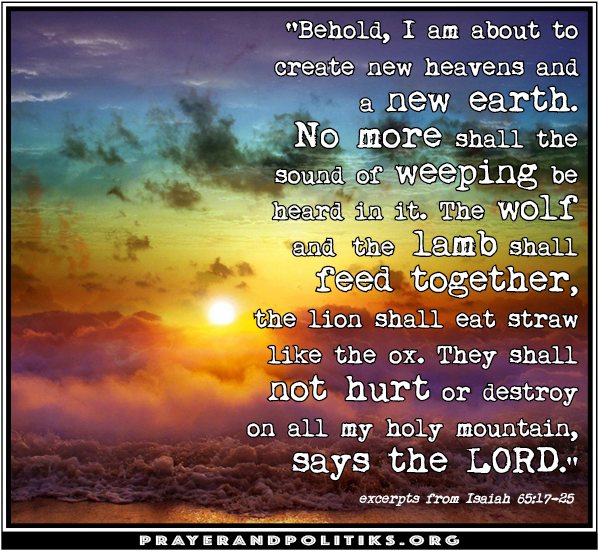 and material relations. —Ken Sehested, from “Confrontation at the Cannon Ball: The Dakota Access Pipeline”
and material relations. —Ken Sehested, from “Confrontation at the Cannon Ball: The Dakota Access Pipeline”
¶ Just for fun. “Native American Comedy.” (3:44 video)
# # #
Featured this week on prayer&politiks
• “Mutinous lips,” a litany for worship inspired by Psalm 118
• “Confrontation on the Cannon Ball: The Dakota Access Pipeline”
Other feature
• “Vote, or don’t: The issues are larger than the election”
Resources for All Saints Day
• “All Saints Day,” a litany for worship
• “For All the Saints,” new lyrics to an old hymn
• “Hallowed Week: A call to worship for All Hallowed Eve and All Saints Day,” by Abigail Hastings
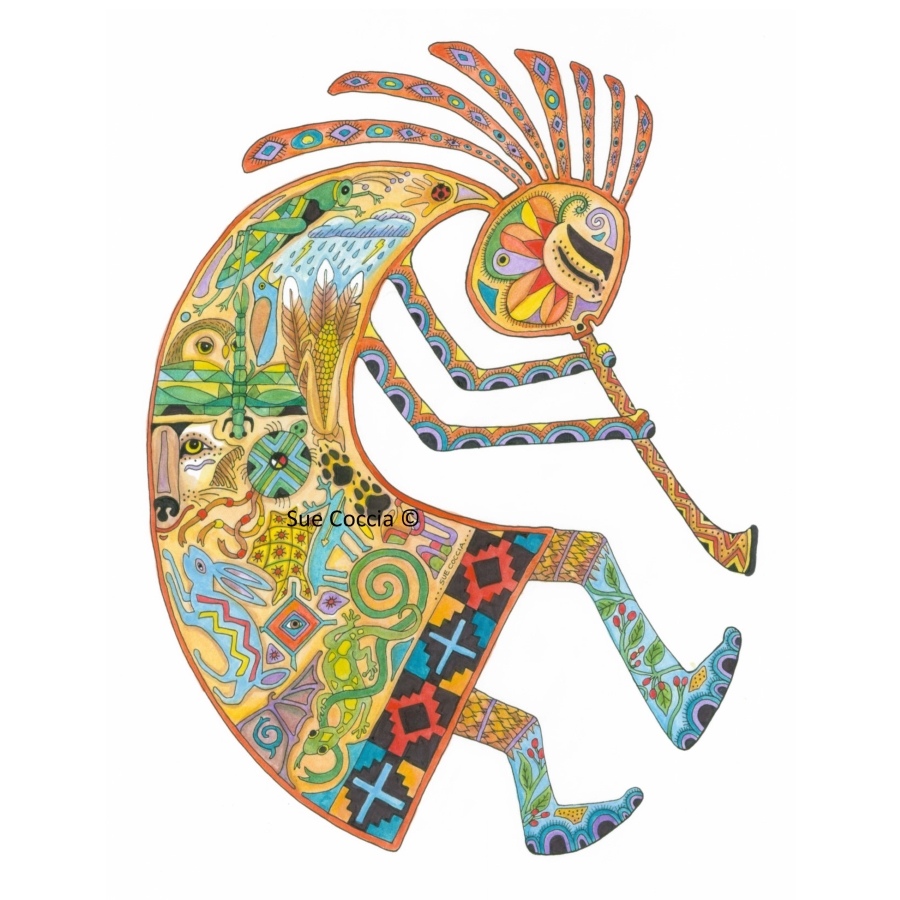 ©Ken Sehested @ prayerandpolitiks.org. Language not otherwise indicated above is that of the editor. Don’t let the “copyright” notice keep you from circulating material you find here (and elsewhere in this site). Reprint permission is hereby granted in advance for noncommercial purposes.
©Ken Sehested @ prayerandpolitiks.org. Language not otherwise indicated above is that of the editor. Don’t let the “copyright” notice keep you from circulating material you find here (and elsewhere in this site). Reprint permission is hereby granted in advance for noncommercial purposes.
Kokopelli (right), among the most recognizable of Native American symbols, was depicted by southwestern tribal cultures as a hunchbacked flute player, revered as a fertility deity, a prankster and a storyteller.
Your comments are always welcomed. If you have news, views, notes or quotes to add to the list above, please do. If you like what you read, pass this along to your friends. You can reach me directly at kensehested@prayerandpolitiks.org.
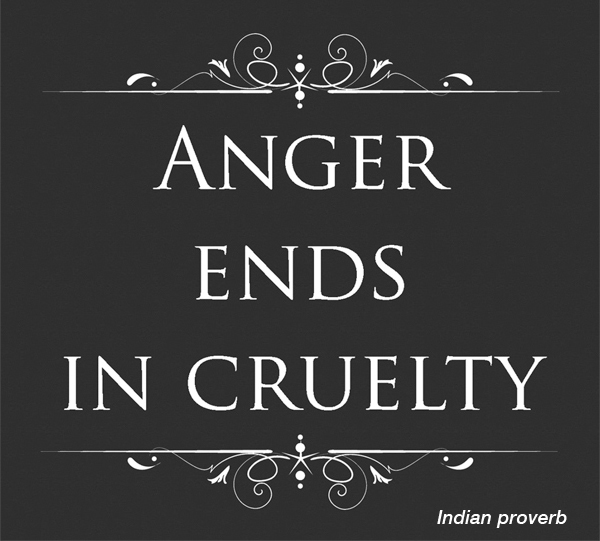 passion to do God's work—as a response to injustices, thus a force that gets one to work for change. However, I am also aware that people get burned in the process of (my) anger—hmm, not likely a God objective.
passion to do God's work—as a response to injustices, thus a force that gets one to work for change. However, I am also aware that people get burned in the process of (my) anger—hmm, not likely a God objective.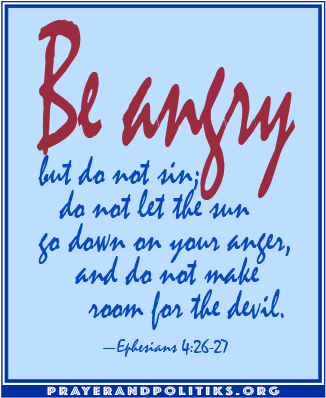 behavior! Our tendencies to violence, like ground-in dirt, often takes a lot of “soaking” to loosen their grip on the fabric of our lives.
behavior! Our tendencies to violence, like ground-in dirt, often takes a lot of “soaking” to loosen their grip on the fabric of our lives.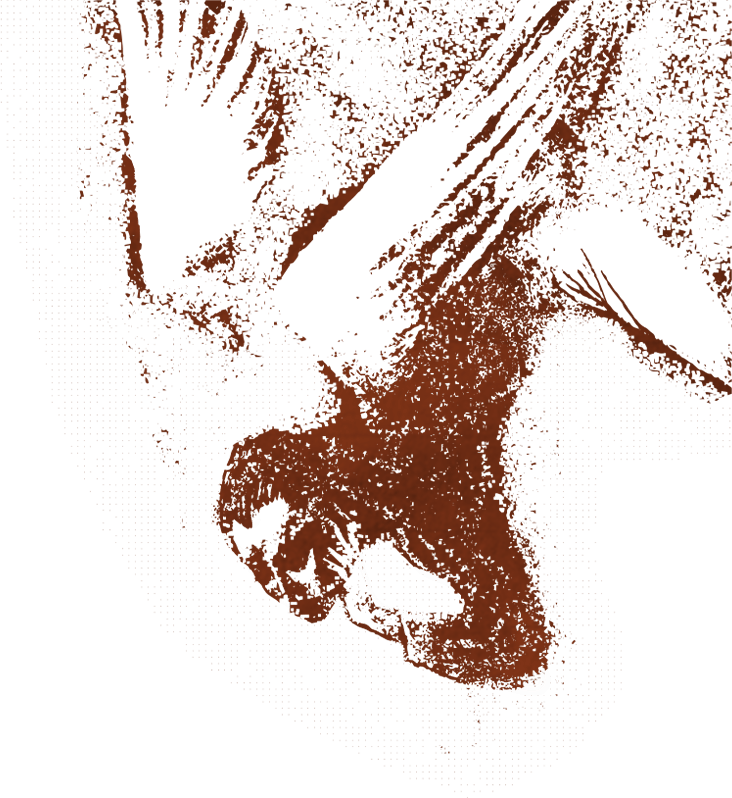
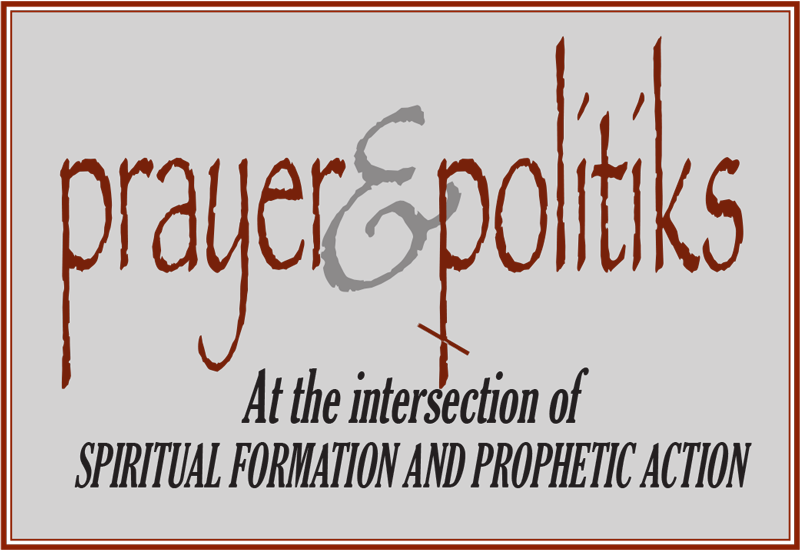

 beating / With hopes and dreams as true and high as mine.” —Indigo Girls, with Michelle Malone, “
beating / With hopes and dreams as true and high as mine.” —Indigo Girls, with Michelle Malone, “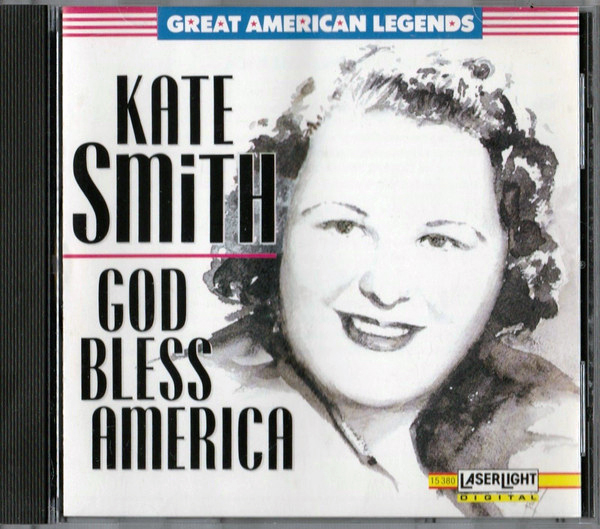 boycott of the song.
boycott of the song.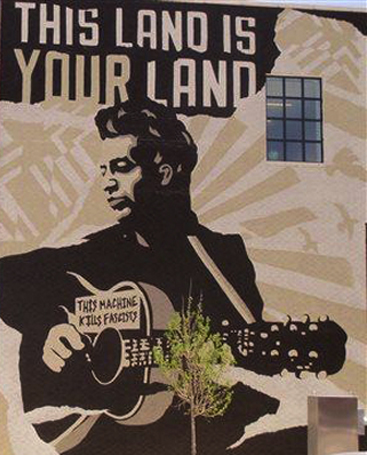 wondering if God blessed America for me.” —For more see Sheryl Kaskowitz, “’
wondering if God blessed America for me.” —For more see Sheryl Kaskowitz, “’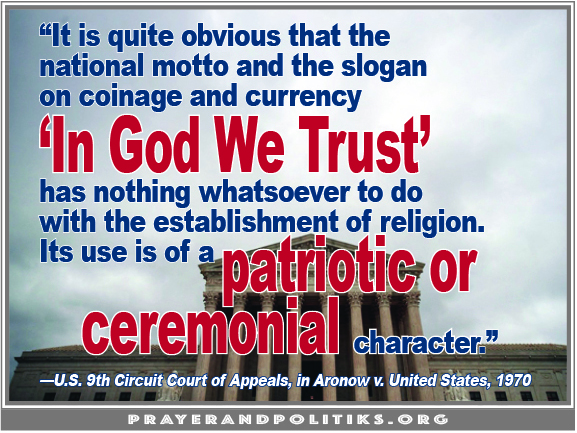 motto, ‘In God We Trust.’ The addition of Arkansas, which passed such a law in 2017, brings to six the number of states with public school mandates, including Alabama, Florida, Arizona, Louisiana and Tennessee. Those laws, mostly sponsored by legislative prayer caucuses in about 30 states, were inspired by the foundation’s 2017 manual known as Project Blitz [a project of the Congressional Prayer Caucus Foundation], a 116-page guide for state legislators listing 20 model bills of which ‘In God We Trust’ is the first.” —
motto, ‘In God We Trust.’ The addition of Arkansas, which passed such a law in 2017, brings to six the number of states with public school mandates, including Alabama, Florida, Arizona, Louisiana and Tennessee. Those laws, mostly sponsored by legislative prayer caucuses in about 30 states, were inspired by the foundation’s 2017 manual known as Project Blitz [a project of the Congressional Prayer Caucus Foundation], a 116-page guide for state legislators listing 20 model bills of which ‘In God We Trust’ is the first.” —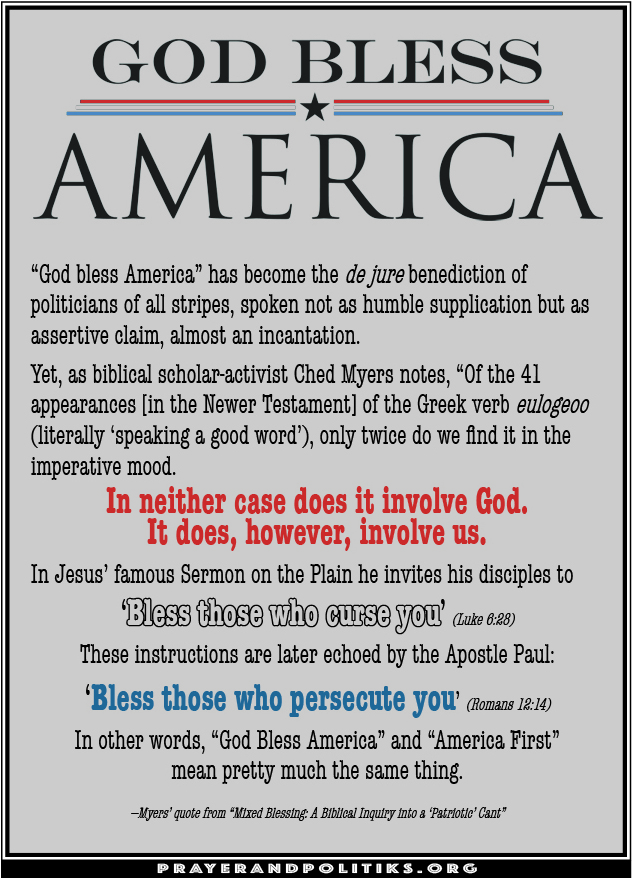 ¶ Quotes on patriotism.
¶ Quotes on patriotism.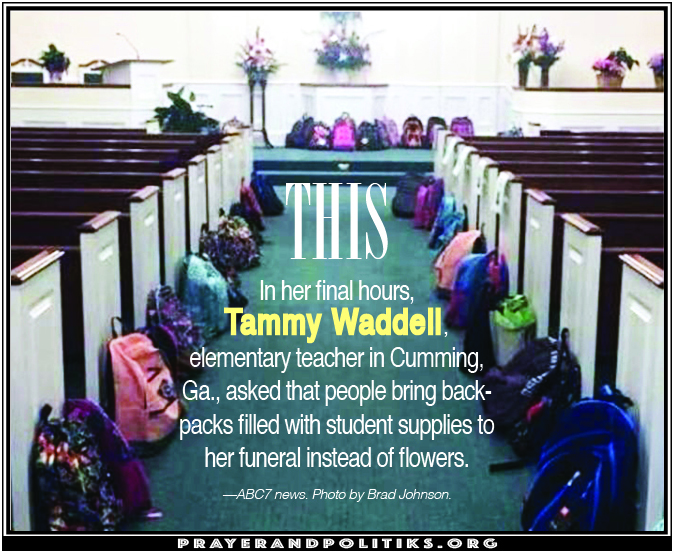 The almighty peso that gives him the say so / To dry up the river whenever there's crops to bring in / Such a good neighbor to take all his labor / Chase him back over the border till he's needed again.” —Merle Haggard, “
The almighty peso that gives him the say so / To dry up the river whenever there's crops to bring in / Such a good neighbor to take all his labor / Chase him back over the border till he's needed again.” —Merle Haggard, “ the “Repairer” publication, April 1918, rooted in the Free Methodist tradition
the “Repairer” publication, April 1918, rooted in the Free Methodist tradition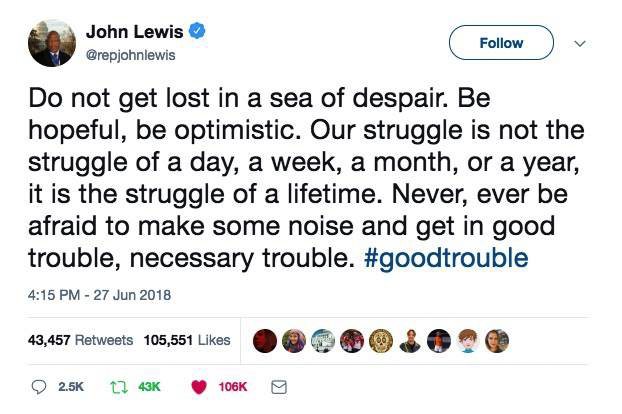 Duncan
Duncan Featured this week on prayer&politiks
Featured this week on prayer&politiks ©Ken Sehested @ prayerandpolitiks.org. Language not otherwise indicated above is that of the editor, as are those portions cited as “kls.” Don’t let the “copyright” notice keep you from circulating material you find here (and elsewhere in this site). Reprint permission is hereby granted in advance for noncommercial purposes.
©Ken Sehested @ prayerandpolitiks.org. Language not otherwise indicated above is that of the editor, as are those portions cited as “kls.” Don’t let the “copyright” notice keep you from circulating material you find here (and elsewhere in this site). Reprint permission is hereby granted in advance for noncommercial purposes.
 by surveillance airplanes and helicopters, armored vehicles, even “sound cannons” (“Long Range Acoustical Devices” emitting ear-splitting noise).
by surveillance airplanes and helicopters, armored vehicles, even “sound cannons” (“Long Range Acoustical Devices” emitting ear-splitting noise). Standing Rock Sioux peoples resistance to the Dakota Access Pipeline.
Standing Rock Sioux peoples resistance to the Dakota Access Pipeline. laws, that he keeps both of them just behind him, like Helpers, to use when they might do him good. … These are not our ways. We kept the laws we made and lived by our religion. We have never understood the white man, who fools no one but himself.” —Chief Plenty-Coups, Crow nation
laws, that he keeps both of them just behind him, like Helpers, to use when they might do him good. … These are not our ways. We kept the laws we made and lived by our religion. We have never understood the white man, who fools no one but himself.” —Chief Plenty-Coups, Crow nation and has yet to be capped, leaking more than 67,000 gallons of crude so far and endangering a tributary of the Missouri River, state officials said.” —
and has yet to be capped, leaking more than 67,000 gallons of crude so far and endangering a tributary of the Missouri River, state officials said.” — ¶
¶  flaws embedded in federalism, as it was set up in the Constitution, would eventually translate into incomprehensible misery for the American Indian. His biographer, Joseph Ellis, tells us that Washington, more than any other of our Founders, foresaw that “what was politically essential for a viable American nation was ideologically at odds with what it claimed to stand for.” —Paul VanDevelder, “
flaws embedded in federalism, as it was set up in the Constitution, would eventually translate into incomprehensible misery for the American Indian. His biographer, Joseph Ellis, tells us that Washington, more than any other of our Founders, foresaw that “what was politically essential for a viable American nation was ideologically at odds with what it claimed to stand for.” —Paul VanDevelder, “ recommended two measures. The first was to encourage Native Americans to take up agriculture.
recommended two measures. The first was to encourage Native Americans to take up agriculture. Jackson, who had pushed Congress to pass the 1930 Indian Removal Act, refused to enforce the decision. —
Jackson, who had pushed Congress to pass the 1930 Indian Removal Act, refused to enforce the decision. — High Country News
High Country News and material relations. —Ken Sehested, from “
and material relations. —Ken Sehested, from “ ©Ken Sehested @ prayerandpolitiks.org. Language not otherwise indicated above is that of the editor. Don’t let the “copyright” notice keep you from circulating material you find here (and elsewhere in this site). Reprint permission is hereby granted in advance for noncommercial purposes.
©Ken Sehested @ prayerandpolitiks.org. Language not otherwise indicated above is that of the editor. Don’t let the “copyright” notice keep you from circulating material you find here (and elsewhere in this site). Reprint permission is hereby granted in advance for noncommercial purposes.